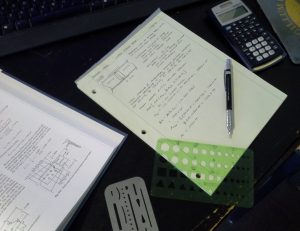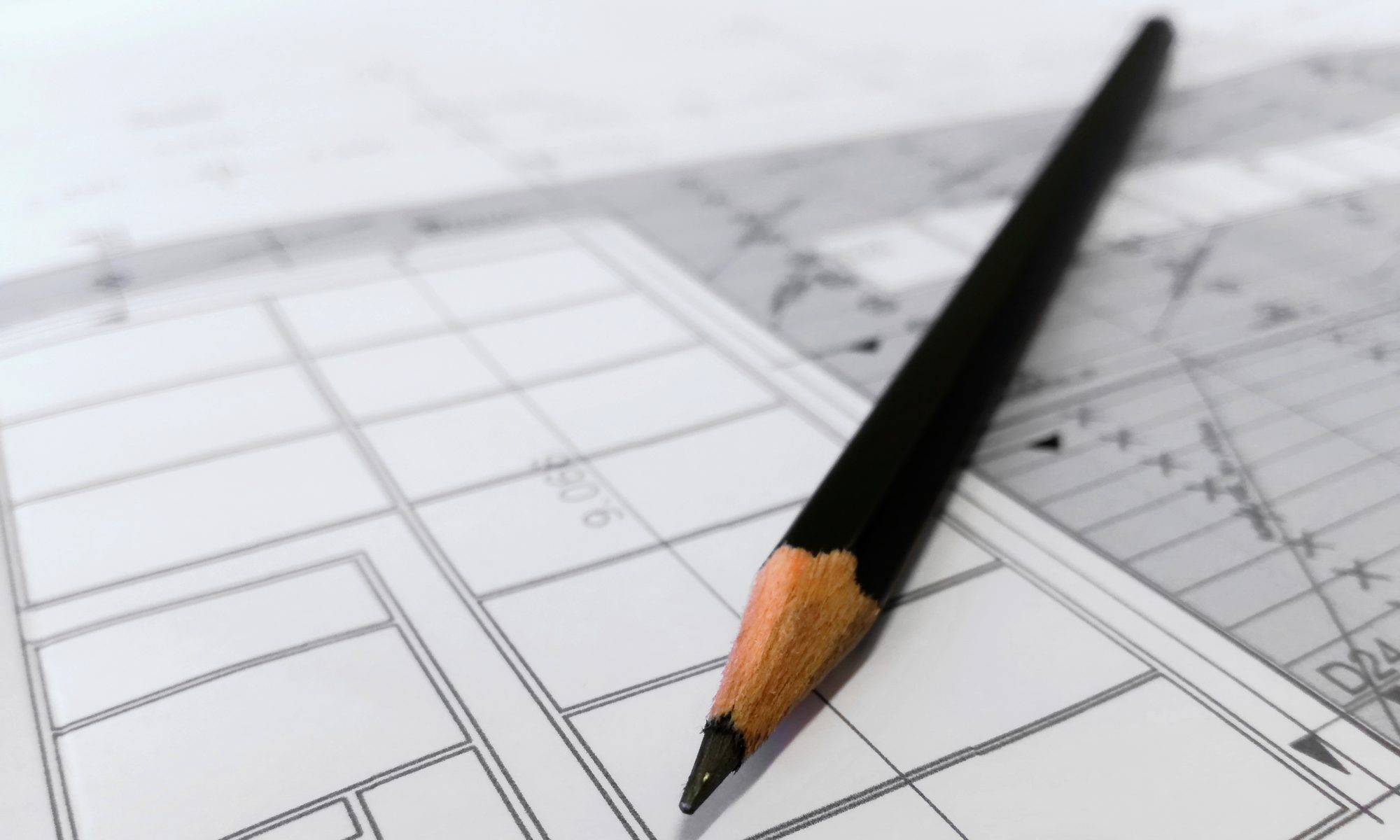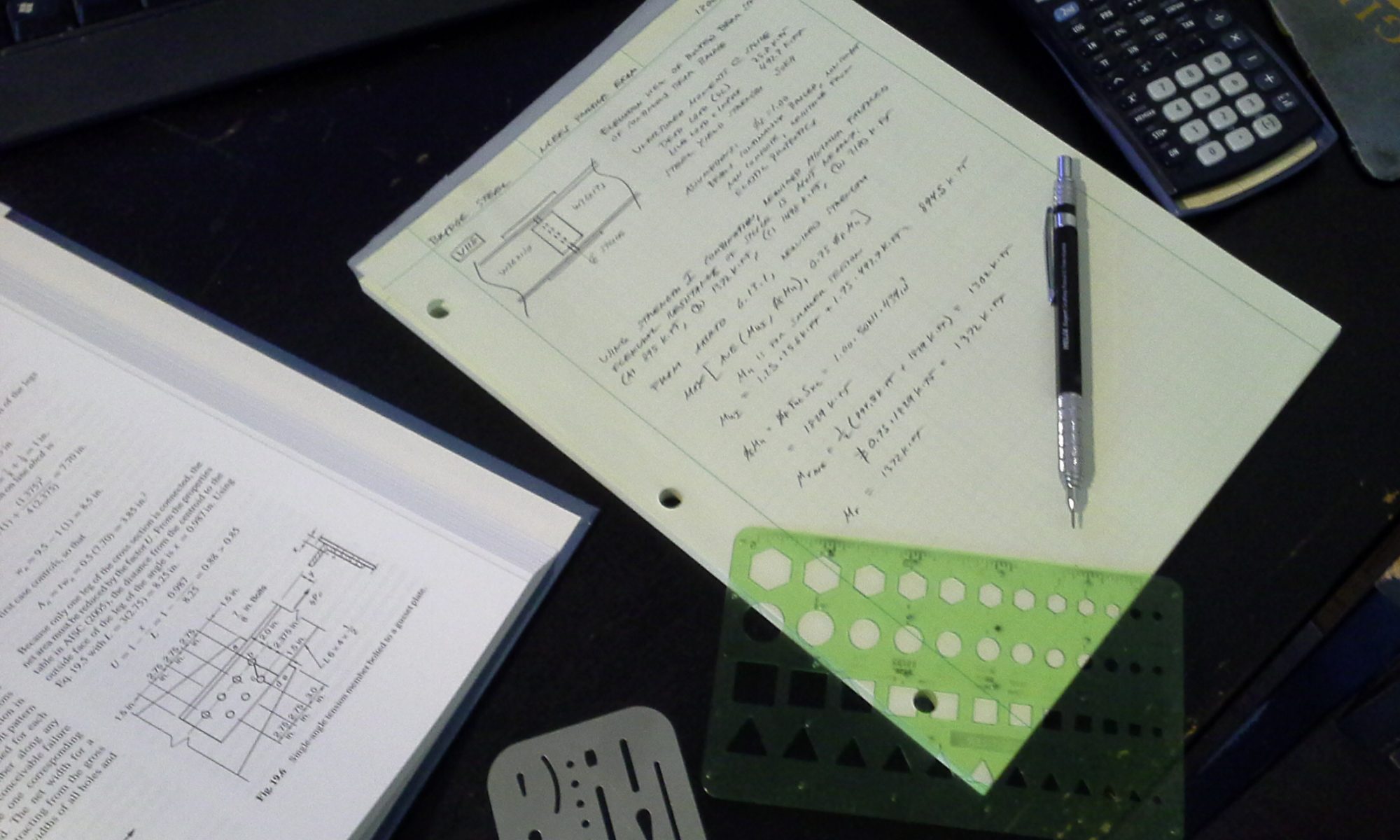 I have found that one of the downsides to being an engineer is that few people really know what I do. This is in large part because most people do not have direct interaction with the engineering profession. Most people have used the services of other professionals, such as physicians, accountants and lawyers, but relatively few people will retain an engineer. Engineers are seldom represented in popular culture and when they are, they may be portrayed as over-glorified mechanics (think Scotty from Star Trek). To make matters worse, in the United States the word “engineer” is used to in the title of people who operate equipment, maintain buildings, write computer code and (apocryphally?) collect trash.
I have found that one of the downsides to being an engineer is that few people really know what I do. This is in large part because most people do not have direct interaction with the engineering profession. Most people have used the services of other professionals, such as physicians, accountants and lawyers, but relatively few people will retain an engineer. Engineers are seldom represented in popular culture and when they are, they may be portrayed as over-glorified mechanics (think Scotty from Star Trek). To make matters worse, in the United States the word “engineer” is used to in the title of people who operate equipment, maintain buildings, write computer code and (apocryphally?) collect trash.
A lot of people seem to think that engineering has something to do with math…and spreadsheets. And engineering must have something to do with science and technology, since it is the “E” in the now ubiquitous STEM acronym. Simple definitions of engineering that you might find on a career or academic website emphasize the application of math and science in engineering to solve problems. A more comprehensive definition might be found in state licensing laws for the practice of engineering. New Hampshire’s definition is typical, fairly comprehensive, and a little dense:
Practice of engineering means any professional service or creative work requiring education, training, experience, and the application of advanced knowledge of mathematics and physical sciences, involving the constant exercise of discretion and judgment, to such services or work as consultation, investigation, evaluation, planning, design, responsible oversight of construction, and responsible oversight of operation, in connection with any public or private utilities, structure, buildings, machines, equipment, processes, works, or projects, wherein the public welfare, or the safeguarding of life, health or property is concerned. (NH RSA 310-A:2(III))
I think I know what the NH law is intended to mean, but I already have a pretty good idea what engineering is. Perhaps I can provide a better definition, with the qualification that my definition applies best to engineers who provide services to the public, as opposed to those who design facilities or products for an industrial employer. Thus, I am describing engineering as practiced by licensed professional engineers, most of whom are civil engineers, and work, broadly speaking, in the construction industry. While I cannot definite engineering clearly and completely in one sentence, I can tell you some of the defining attributes of engineering practice:
- Engineering is a profession. There is a systematic body of theoretical, empirical and practical knowledge underlying the practice of each engineering discipline. It is not just a collection of skills, adherence to procedure or memorization of codes. Engineers are granted authority and privileges from the state upon verification of their qualification for licensing and passing an examination that most examinees fail in any given year. The field is regulated primarily by practitioners and governed by ethical standards. Engineers have obligations to the safety, health and welfare of the public, in addition to obligations to their clients, both of which take precedence over their own personal and business interests. Due to the required education and experience and legal and ethical obligations to practice only in areas of competency, most engineers specialize, practicing primarily in a particular discipline in one of the major branches of engineering.
- Engineering problems involve a high degree of complexity and uncertainty. Most practical engineering problems require the consideration of complicated systems whether it is a machine, a building, a watershed or a subway tunnel, the behavior of which cannot be fully quantified. Therefore, engineers use mathematical models of varying degrees of complexity to approximate the behavior of these systems. However, the inputs required for these models, such as the snow load on a roof truss or the number of fatigue cycles experienced by a lawnmower part or the depth to groundwater in an aquifer, can only be estimated. The more sophisticated and theoretically accurate the model, the more inputs required and the more potential uncertainty of the results. This can be greatly exacerbated if the model is sensitive to certain parameters such that a small change in an input produces a disproportionately large change in the output. Sometimes a qualitative understanding of a system or a simple empirical model can produce a more reliable, although less accurate prediction, by reducing the number of inputs required. Obviously, determining how to understand a physical system and make useful predictions is a fundamental skill in engineering practice.
- Engineers have to balance economics with performance and project constraints. There is an old adage that an engineer can build something for one dollar what someone else could do for two dollars. That is an oversimplification, but an engineer’s ability to understand and make predictions about systems allows an objective to be attained more efficiently or at least with less risk (which can be thought of as a cost). However, cost is not the only consideration since a system has to be adequate for its intended purpose and safe for the user. In addition, practical problems are always bound by constraints, whether that is the strength of the soil underlying the site, the column locations allowed by an architect’s floor plan or a client’s budget. As a result, there is never a perfect solution and there may not be an objectively optimal solution to a problem. Instead, the engineer may have to develop compromise options that adequately satisfy a sufficient number of objectives to be a feasible solution. For example, a new building will be designed with a target probability that it will collapse due to an earthquake. This probability is extremely small, but given the unpredictability of earthquakes, it is generally not possible to construct an economical building that would provide a suitable environment for the people who live or work inside it and still survive the largest earthquake conceivably possible at the site. Thus, the building codes require a compromise level of collapse protection that is less than absolute and constrains other priorities that affect how the building might be configured.
- Engineering is both art and science: What does this mean? It means, in part, that it is difficult to explain what engineering is. More importantly, it means that there is no single engineering process that guarantees acceptable results in all circumstances. There is no algorithm that balances all priorities and constraints. Every project is unique and you cannot necessarily use the solution for the last project and expect it to be adequate. Judgment and experience are as important as the application of theory and standards. A computer cannot engineer something by itself.
Obviously, engineers bear much of blame for the public’s lack of awareness of the profession, but the problem is larger than that. A lot of engineers and nonpracticing engineers with engineering degrees do not fully understand the attributes I described above. In part, this is due to the widening disconnect between the practice of engineering and engineering education. That is perhaps a topic for another time, but I will note that most engineering professors have little to no experience as practitioners and a seemingly increasing number of engineering programs focus more on the applied science and mathematics that underpin engineering than on how these fields are applied to real problems. I am surprised at how many graduates of well-regarded engineering programs who I have met who have received no meaningful ethics instruction. In theory, an engineer should learn about practice on the job, but there is no systematic process for this and a lot of new graduates will find themselves running calculation or performing field assignments without much instruction from more senior professionals. It all depends on the individuals who supervise the new graduate’s work in the critical first few years of his or her career.
So why does it matter if the public understands the essence of engineering practice? In short, it is difficult for the public to properly utilize a service that they do not understand. Not understanding engineering leads to not understanding technical aspects of a variety of problems, resulting in poor decision making. Expectations are not realized, unnecessary costs are incurred and risks are assumed without stakeholders knowing what happened.
Engineers need to do more to educate the public about engineering. The professional societies are already trying to do this, but they cannot reach everyone. It is hard to help someone who failed to consult with an engineer on a technical problem and suffered ill effects. However, engineers can educate clients and potential clients more thoroughly and proactively so they make better decisions. We need to tell clients what they need to know, rather than wait to be asked. It is in the interest of the profession to do this. If all the client thinks he or she is getting from an engineer is a piece of paper or a sign-off, then the only basis of comparison between engineers is price, leading to commoditization. Unrealized expectation and misunderstanding of the uncertainty involved in engineering lead to increased liability. The race to the bottom that results from low cost, defensive practice makes it difficult to recruit talent into the profession that can add value and manage risk. We have to do better.
The information and statements in this document are for information purposes only and do not comprise the professional advice of the author or create a professional relationship between reader and author.



2 Replies to “What Does an Engineer Do?”
Comments are closed.